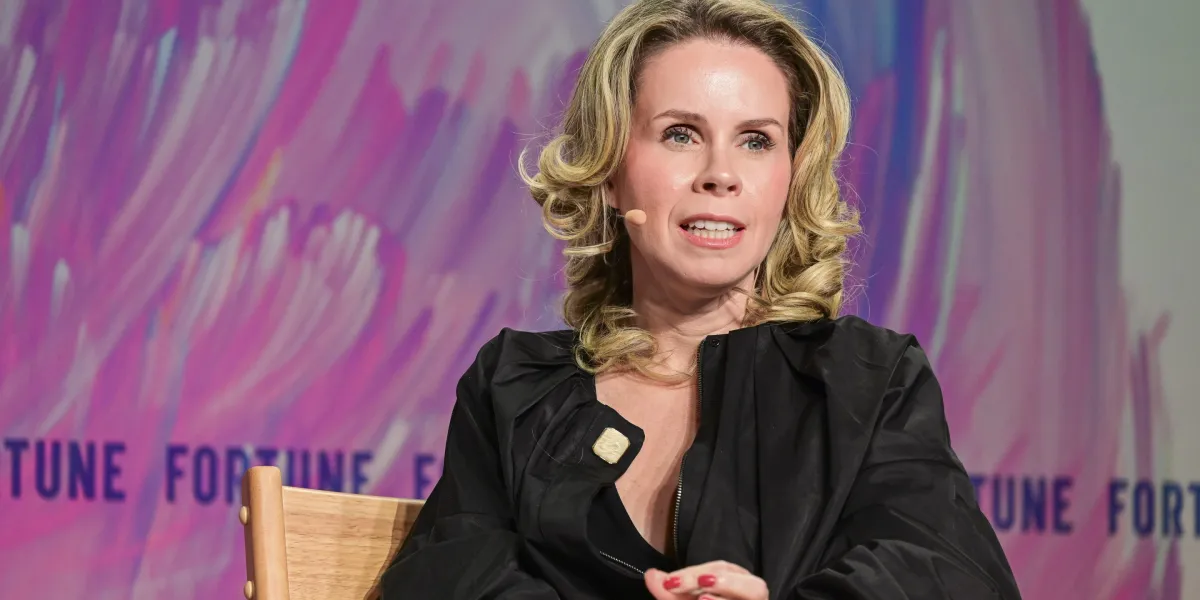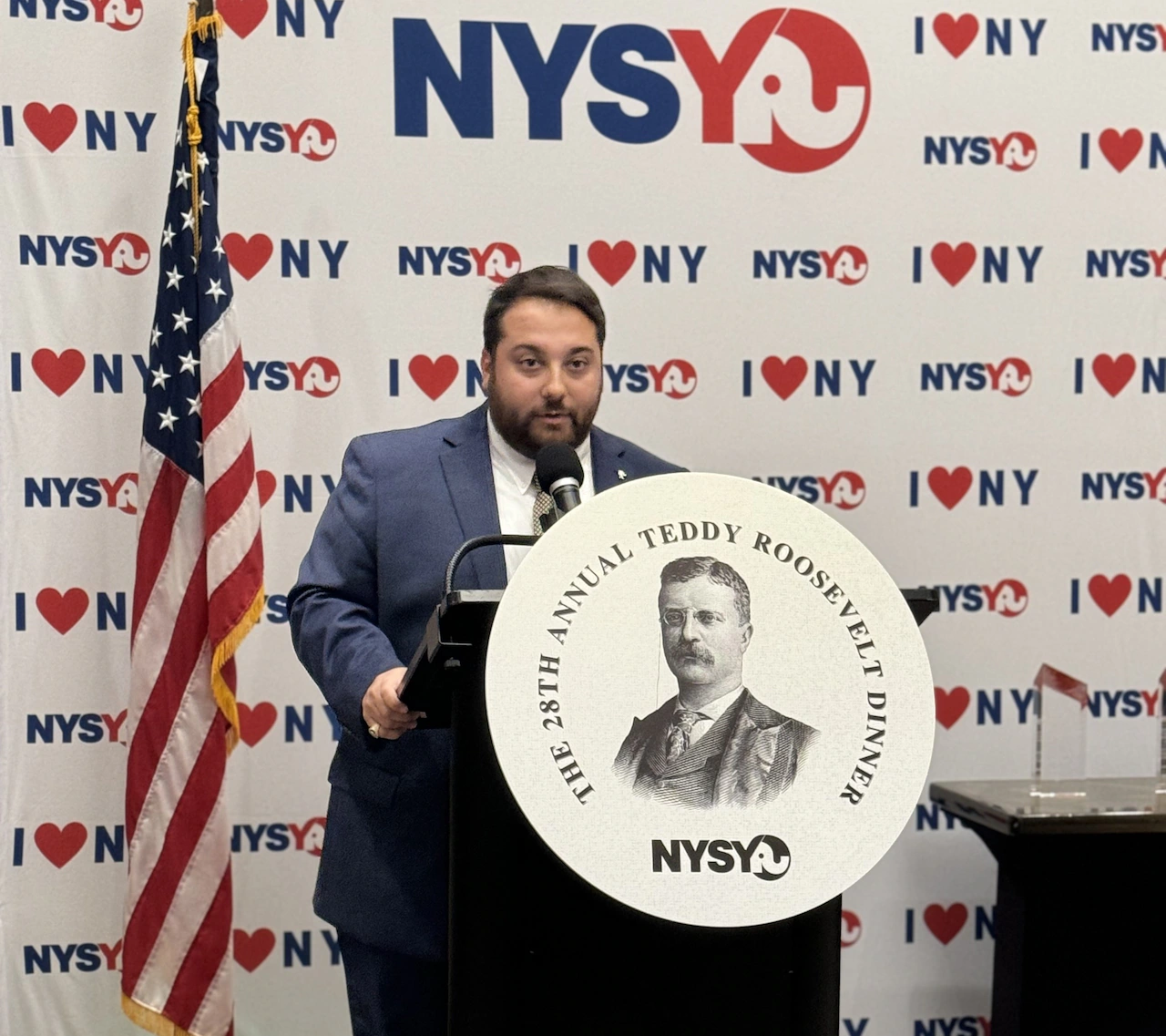Copyright Fortune

“Customers don’t care if it’s AI-enabled or not,” Chanes said in an interview with Fortune at the Most Powerful Women Summit. “I think customers just want to have the best experience possible.” At a time when CEOs across industries are rebranding products as “AI-powered” to meet investor expectations, Chanes’s stance is a differentiator, and Nubank is in a strong position to challenge conventional wisdom. It is now the largest digital bank in the world by number of customers, with more than 120 million users across Brazil, Mexico, and Colombia, and a market value of roughly $50 billion, larger than many U.S. regional banks. Its growth has come not from hype cycles, but from eliminating friction. “AI is an additional tool… not a customer value proposition,” Chanes said. Inside Nubank’s AI strategy: applied, not advertised Chanes says that Nubank is investing heavily in AI across its operation but to improve functionality rather than branding. The company uses AI to strengthen credit underwriting, detect and prevent fraud, automate customer service, improve collections, and enhance marketing and product analysis. These implementations, she said, are designed to remove delays and improve precision for users. With more than 90% of customer inquiries handled digitally, AI now plays a role in simplifying service interactions. But Chanes is careful not to position the technology as a selling point. “Customers just want to have the best experience possible and the highest level of personalization possible,” she said. “It’s less important to them how.” Voice banking and real-time payments In Latin America, where cash has historically dominated and banking access has lagged, Nubank has used technology to modernize at scale. That includes integrating real-time payments through WhatsApp, the region’s most widely used messaging platform. Customers in Brazil can now initiate payments using voice commands, such as, “Send 50 reais to Maria,” without opening a banking app; it’s an experience that blends AI and financial infrastructure without calling attention to it. “Voice banking is something that we are experimenting with,” Chanes said. “We’re launching real-time payments through WhatsApp.” Newly-created conduits for real-time banking have already transformed financial behavior in Brazil. The country’s instant payments system, Pix, introduced by the central bank in 2020, now moves more money than credit and debit cards combined. Nubank is a major player in that shift: one in every four Pix transactions in Brazil now runs through Nubank, Chanes said. From Brazil to the United States Despite its scale, most of Nubank’s operations are still concentrated in Latin America. But that may soon change. The company recently filed for a U.S. national bank charter, signaling long-term plans to enter the American market. “We don’t have a specific date for any launches in the U.S. at this point in time,” Chanes said, “but the license is a first step… we’re buying the optionality.” For Chanes, Nubank’s advantage in breaking into a crowded fintech landscape is all about staying engaged with consumers. “It’s very easy to connect with the numbers and disconnect with the people,” she said. That risk increases with scale, she added, unless leadership stays close to real customer pain points. During her tenure as Brazil country manager, Nubank added 24 million customers and launched more than 50 products, expansion that she says only reinforced the company’s operating philosophy that technology should remove complexity, not add it. In an AI-fueled business cycle where technology is often treated as a story rather than a tool, Chanes is clear about Nubank’s strategy. “People just want to get their problem solved,” she said. “It’s less important to them how.”



